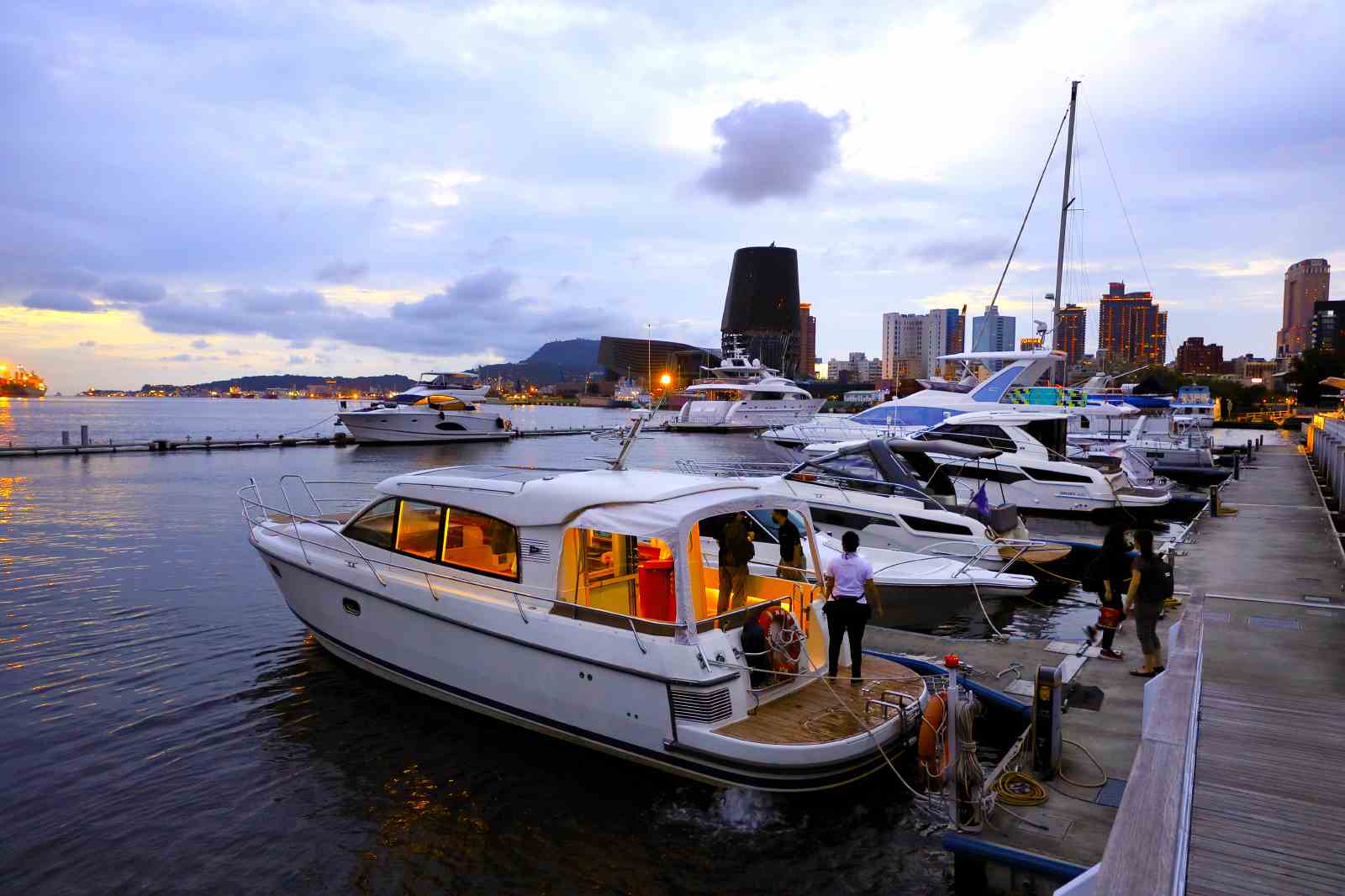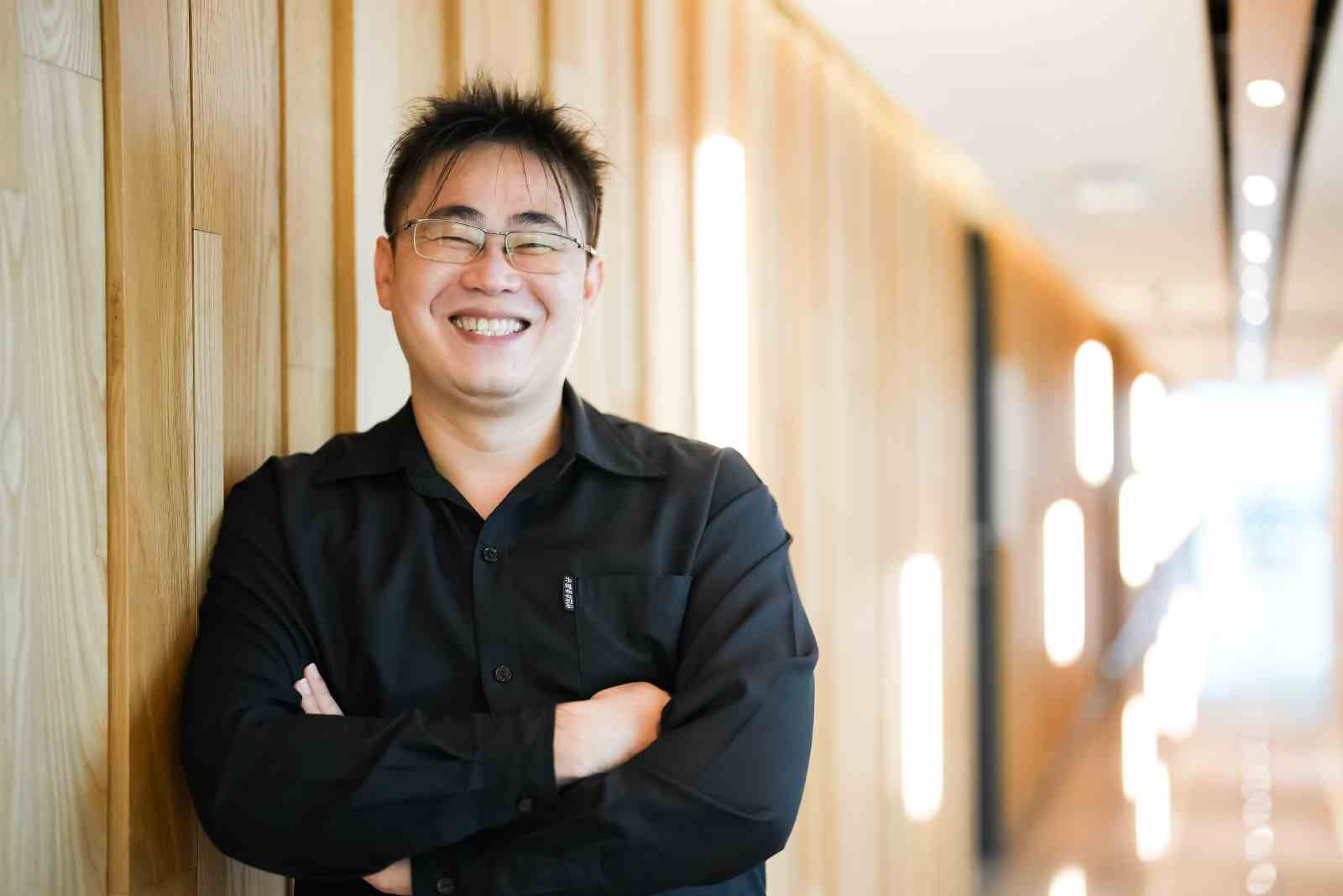Poor, polluted Kaohsiung’s return to glory

Source:Chien-Tong Wang
A bad rep is hard to shake: “Kaohsiung is old and broke.” But what is the truth? Nanzih now features a smart tech park. Tech investments are booming in Kaohsiung, nurturing a new breed of up-and-comers.
Views
Poor, polluted Kaohsiung’s return to glory
By Hannah ChangFrom CommonWealth Magazine (vol. 731 )
“How did Kaohsiung lose to Tainan? When did this happen?”
“The moment TSMC moved into the Southern Taiwan Science Park!”
The above exchange appeared on a message board last year. Netizens lamented: “Without TSMC, all the talent has drained away to Tainan. China Steel Corporation, our pride and joy, is in decline. There’s not a tech company in the Kaohsiung Software Park or Kaohsiung Science Park that pays well, and even property prices in Tainan are catching up to Kaohsiung.”
However, there’s one company we should not forget: Advanced Semiconductor Engineering, Inc. (ASE), Taiwan’s second-largest semiconductor company. Its headquarters is located in Kaohsiung’s Nanzih Technology Industrial Park.
ASE employs 25,000 people in Kaohsiung alone; it is the city’s largest employer. Last year, it made over NT$27.5 billion.
But half of its workers are laborers on the assembly line. According to ASE’s 2020 CSR report, technicians on the assembly line make up 53% of its workforce.
The labor-intensive employee structure is reflected in the paychecks. According to information found on the Market Observation Post System, the average annual salary of nonmanagerial workers at TSMC is NT$2.37 million. At ASE, it is NT$0.8 million, around a third of TSMC.
And yet, this is already an improvement of 7% over what ASE paid two years ago, when the average annual salary was just NT$54,000. This is noteworthy in Kaohsiung, where wage stagnation is unfortunately nothing new.
It shows that ASE and the Nanzih Park in general are ready for a transformative upgrade.
Chiu Shih-cheng (邱士城), 37, is a principal engineer at ASE’s Automation Integration Section. He is not shy to admit:
“When I joined ASE ten years ago, it had a reputation as a place where salaries never grew.”
Chiu graduated from the Department of Information Management at the Southern Taiwan University of Science and Technology, now renamed the CTBC Business School. He started at ASE as an entry-level engineer who barely made NT$20,000 a month.
He eventually got his master’s degree at the Department of Electrical Engineering at the National University of Kaohsiung—just in time for ASE’s rapid growth.
 (Source: ASE)
(Source: ASE)
ASE’s advanced manufacturing process was fast expanding. Chiu helped introduce robots and the Internet of Things to ASE’s smart factories. In return, not only did he rise through the ranks, but his pay also increased exponentially. He used to ride to work on a scooter; now, he drives an imported car.
KC Chou, Senior Vice President at ASE, says that ASE will complete its eighteenth smart factory by the end of this year. Another seven will be built next year, for a total of 25 smart factories. Together, they will transform Nanzih into a real “high tech park”.
Chou, who has been at ASE for 28 years, tells CommonWealth Magazine about the time he was cornered by a taxi driver who was skeptical about ASE’s plan to replace human laborers with smart factories. “I asked him, what would you like your child to be after they graduate university: an operator on the assembly line or an engineer?”
He went on to tell the driver: “We are helping your children prepare for the future. We are nurturing the high-tech talent of tomorrow.”
As the outdated picture of factories filled with human workers fades and changes into the robot-run, fully automated smart plants of the future, Kaohsiung is also experiencing a resurgence of newly rich tech whizzes.
Chiu works in ASE’s K21-K24 glass towers. Ten years ago, the same location was occupied by plastic plants producing television and radio chassis.
Now, the interior is comparable to the comfy offices found in the Hsinchu Science Park. There are even game rooms with Xbox and PlayStation 5 consoles, as well as a gym. “The company no longer feels like a factory,” says Chiu.
Forty thousand people work in the Nanzih park. Sixty percent of them are ASE employees. ASE has also rented 90% of the newly constructed Nanzih Phase Two.
“With ASE leading the charge, there has been a cluster effect among the assembly and testing segments of the IC industry in the park. More investment leads to faster growth,” says Export Processing Zone Administration (EPZA) Deputy Director-General Liu Chi-chuan. The Nanzih Technology Industrial Park generated a total revenue of NT$210.8 billion in 2020—41% more than what it brought in a decade ago.
In the past ten years, ASE has invested a total of NT$73.6 billion in Kaohsiung to expand its production facilities.
What’s more, ASE Technology Holding Chief Operating Officer Tien Wu has said that ASE will hire another 8,600 workers to help develop the newly planned Phase Three.
In 2018, tech industries invested a total of NT$40 billion in Kaohsiung, surpassing the petrochemical and steel industries for the first time, becoming the locomotive leading Kaohsiung’s economic growth.
ASE’s expansion, transformation, and investment in IC assembly and testing have also led to a fundamental change within Kaohsiung’s high-tech cluster. A group of uniquely skilled, highly profitable partner companies have appeared around ASE.
One example is the publicly listed automated equipment company All Ring Tech (ART), which is situated in the Luzhu Science Park (Kaohsiung Science Park).
“We’ve worked with ASE for a long time. If ASE wants automated equipment, they come to us before anyone else!” ART Chairman Larry Lu says. He got his start in Nanzih’s first assembly and testing plant—Philips Electronic Building Elements Industries.
Lu has worked with ASE to develop tin ball testing equipment and adhesion equipment for semiconductors. Apple uses this technology in the fingerprint scanning chips on its iPhones. Seventy percent of ART staff are in research and development.
Increased demand for R&D engineers has attracted talented workers to return to Kaohsiung. Chen Kuan-chung, an engineer at the publicly listed IC testing interface supplier WinWay, is a prime example.
Chen was born in Kaohsiung’s Fongshan District. He got his master’s from the Department of Electrical Engineering at National Taiwan Ocean University. As a child, he watched workers mill about the industrial zone in the day, and he witnessed them illegally dumping wastewater in the middle of the night. “There was always a foul stench in the air.”
“I never wanted to come back,” he says. The pollution and poverty were the main reasons.
After graduation, Chen developed antennas for an internet and communications company in the Hsinchu Science Park. In time, he heard that the IC assembly and testing industry was making a comeback in Kaohsiung. They needed electric engineers, and so he decided to return home.
WinWay is located in Nanzih Phase Two, directly opposite the ASE plant that manufactures IC probes and IC testers. Chairman Mark Wang worked at ASE for ten years; he started his own company in 2001.
As the IC industry rises, so do new buildings
5G, AI, electric vehicles and the Internet of Things all need more chips with more processing power, higher bandwidth, and higher speed. Wang accurately predicted that IC assembly and testing would require a more careful division of labor. Some companies would end up making only testing sockets and probes used to test IC chips, since this would ensure that IC products could withstand higher currents and voltages with less wear and tear.
 (Source: Chien-Tong Wang)
(Source: Chien-Tong Wang)
Due to the rapid development of the semiconductor industry and the increasing need for assembly and testing, WinWay has secured orders from ASE, AMD, and NVIDIA. For two consecutive years, it has made more than twice the face value of its stock. Last June, its market value climbed to NT$17.9 billion. It was a stock market darling and went public this year.
Chen has also become a newly rich tech whizz working in the semiconductor industry. “I’ve worked at WinWay for a year, and already my salary matches what I made in Hsinchu.”
He says proudly that in the past, Hsinchu was seen as the epitome of technology, while Kaohsiung was just an industrial zone. That image has now shifted.
ASE’s expansion and the bright vision of the future for the semiconductor industry has set off a chain reaction, which has brought more revenue, more foreign investment, and more talented workers back to Kaohsiung.
In a few short years, the air smells different in Kaohsiung. From a heavily polluted zone full of heavy industries, Kaohsiung has changed into a high-tech city of tomorrow.
Have you read?
♦ Why is TSMC building 28nm capacity in Germany and Japan?
♦ TSMC pours US$3B into 28nm production for major customer
♦ How TSMC may change Taiwan’s ‘Rust Belt City’
Translated by Jack Chou
Uploaded by Penny Chiang






